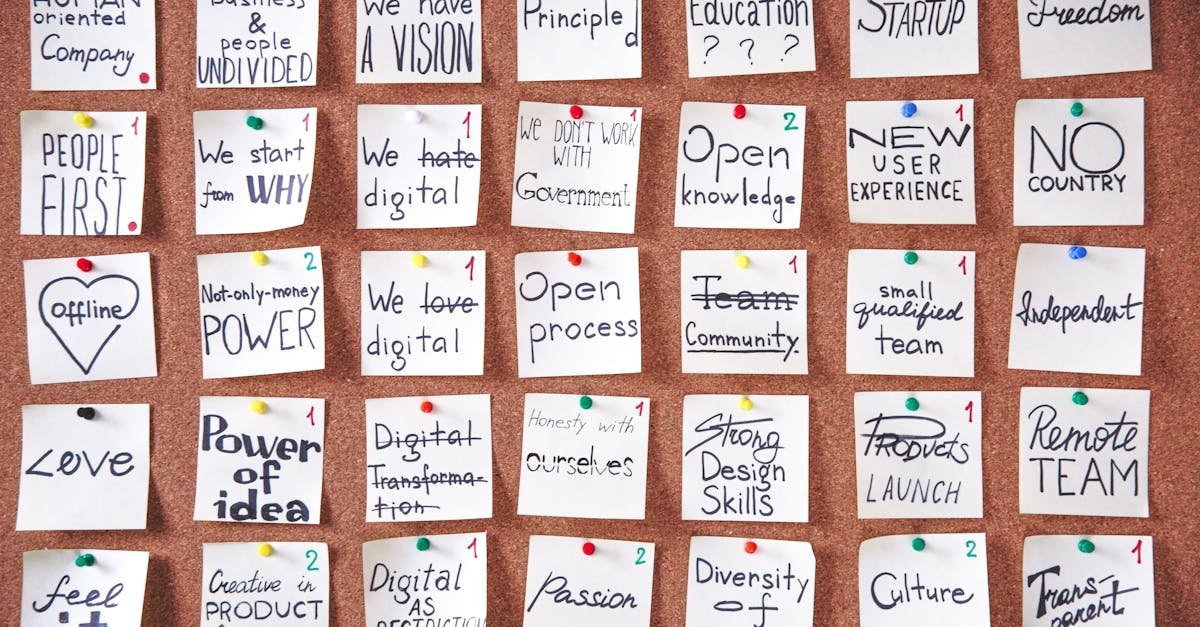Unlock Efficiency: 5 Proven Automation Tips for Shared Services
Ever feel like your shared services team is stuck in the mud? You know that routine: emails piling up, processes dragging, and that clock just keeps ticking. It’s frustrating, isn’t it? But what if I told you that unlocking efficiency doesn’t take a miracle? It takes smart automation. Let’s chat about how you can transform your operations with five proven automation tips that’ll lighten your load and boost your team’s productivity. Identify the Repetitive Tasks First up, take a good look at your day-to-day tasks. Which ones feel like you’re on autopilot? You’d be surprised at how many tasks can be automated. Data entry Recurring reports Invoice generation Email reminders and follow-ups By pinpointing these repetitive tasks, you can free up time for you and your team to focus on what really matters—like strategic thinking. Think of it this way: instead of pouring hours into the same tasks, you could be driving meaningful change in your shared services. Embrace Workflow Automation Tools Once you’ve identified these tasks, it’s time to put some tech in place. There are plenty of fantastic workflow automation tools out there. Here’s a list to get you started: Zapier Microsoft Power Automate Asana for task management Tableau for reporting automation These tools act like your personal assistant. You set them up to handle the routine stuff, while you focus on adding value. For instance, using Zapier, you can connect different apps to run tasks automatically—like transferring data from an email into your CRM. Quick and seamless. Standardize Processes Ever noticed how some teams run like a well-oiled machine while others feel like they’re wrestling with a bear? The difference? Standards. By standardizing your processes, you create a framework that makes automation smoother and quicker. Create templates, and checklists, and document workflows. This isn’t about suffocating creativity but giving everyone a playbook. When everyone’s on the same page, it’s easier to automate tasks. Take it from me—having a standard process makes handoffs cleaner and less prone to error. Invest in Training Here’s where things often go sideways: introducing automation but not providing proper training. You can have the fanciest tools, but if your team doesn’t know how to use them, you’re stuck. Host workshops and training sessions to ensure that everyone is comfortable with the new systems. Share success stories as you start to see the benefits, and encourage questions. It’s all about empowering your team to embrace these changes with open arms. Monitor and Iterate Lastly, don’t just set it and forget it. Monitoring your automated processes is vital. Gather feedback regularly and look for any hiccups. Just because something worked last month doesn’t mean it’s still optimal. Constant improvement is key to maintaining efficiency. Set up performance metrics to track how well things are running. Response time to queries Accuracy of automated data entries Time saved on repetitive tasks If a tool isn’t performing as expected, don’t hesitate to tweak it or try a different approach. Remember, automation is not a one-size-fits-all solution. Wrap-Up: Transforming Shared Services through Automation So, there you have it—five proven automation tips that can revolutionize your shared services. Limiting repetitive tasks, embracing the right tools, standardizing processes, training the team, and monitoring outcomes are key. It’s all about making life easier for your team, allowing them to focus on strategic objectives that ultimately drive the organization forward. Want to delve deeper into shared services transformation? Check out the THEGBSEDGE blog, started by me, Vikrant Aglawe, to explore innovations shaping the industry. With over 20 years of experience in shared services, I’ve seen first-hand how automation can truly be a game-changer. Let’s be real—efficiency doesn’t have to feel like an uphill battle. Together, we can unlock a more productive future. Remember, automation isn’t the end of human interaction. It’s the launchpad that gives your team space to excel, be creative, and deliver exceptional value. Now, let’s get automating!
Unlock Efficiency: 5 Proven Automation Tips for Shared Services Read More »









